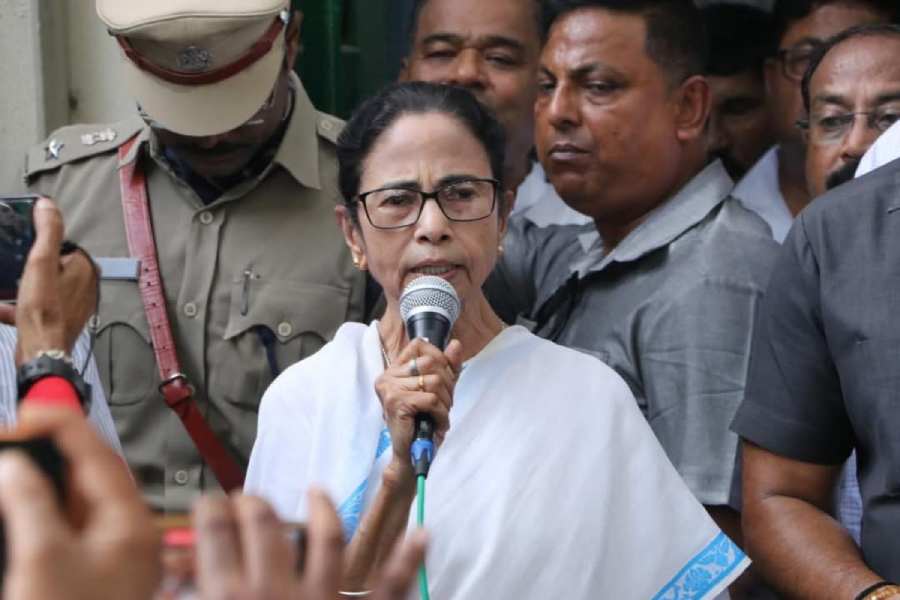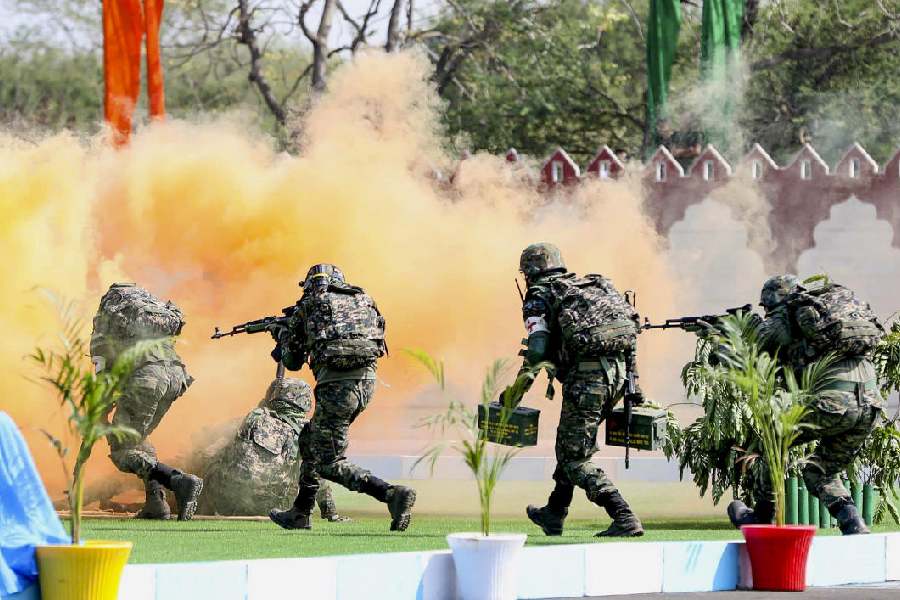 |
| Hafeez Contractor |
From designing the sprawling DY Patil Cricket Stadium in Mumbai to the creation of the Indian School of Business, Hyderabad, and even the stunning modern look of the Indira Gandhi International Airport, Delhi, expert architect Hafeez Contractor is credited with the construction of some of the most amazing modern architectural marvels in India. Contractor was in the city earlier this week for upcoming projects here including a posh guest house for Ravenshaw University. The Telegraph spoke to him in an exclusive interview.
n Though you have been a frequent visitor to Orissa, the upcoming guest house in Ravenshaw University will be your first project here. Tell us more about it.
I was involved with a couple of corporate projects in Bhubaneswar earlier. But unfortunately they were shut midway. However, the guest house for Ravenshaw will be my first endeavour here. It is an honour to design a structure for such a historic institute.
n What have you visualised for the upcoming building?
Since the original building has a great heritage, whatever we design should be in sync with the surrounding architecture. I will definitely keep Ravenshaw’s colonial look intact though I may use contemporary methods for the construction. We are yet to begin the work and only then can we decide if it will be eight or 10 suites that can be built for the guest house since it will be done over a small area.
n We see many astounding modern pieces of architecture when it comes to corporate buildings and even some major public structures. How do you feel architecture has changed over the years?
The basic concept of architecture always revolves around brick and cement. That will never change. But yes, there have been many major developments in India when it comes to availability of construction material. For example, newer type of sections of steel are now manufactured in the country that looked impossible a few years ago. Even Teflon is readily available now while we had to import it earlier. This helps in making strong and large spans of outdoor roofs for mega structures. Another important thing that has changed is the freedom to make errors. With projects having become bigger, we get an option to improvise regularly, which was not possible earlier.
n What is your opinion about the changes in Bhubaneswar in terms of architecture?
It is the same as in other growing cities of the country. Though impressive buildings have come up, the other amenities are missing. I feel concerned to see so many 60-70-year-old trees cut down in the city for road expansion. The government engineers must not approve such projects without thinking twice about it when there is a better way out. They could have let the trees be there and created two lanes by making a verge there. One must realise the projection of population will always need wider roads in the future.
For a developing city like Bhubaneswar, an alternative option could be ring roads, under passes and level differences which are much better ways of transportation than simply widening roads without proper planning. Even heritage sites of the city can be saved from water seepage and other issues, if appropriate architectural measures are taken.
n What are the other projects that you are working on currently?
I have discussed a couple of projects here in Bhubaneswar. Then there is a project that involves the BITS Pilani campus.
n Which of the sites you have worked on is your dream project?
I had the opportunity of working on many interesting projects. But I would still love to build a structure which is modern but has a plush natural ambience and heritage. I’m working on similar lines in Pilani.
n What would be your suggestion to young architects?
For an architect, it is a must to remember that we are making a statement when we build something and that will define the surrounding. So we must create a precedent in each of our projects that will not be in conflict with the existing surroundings and will be in harmony with nature.










